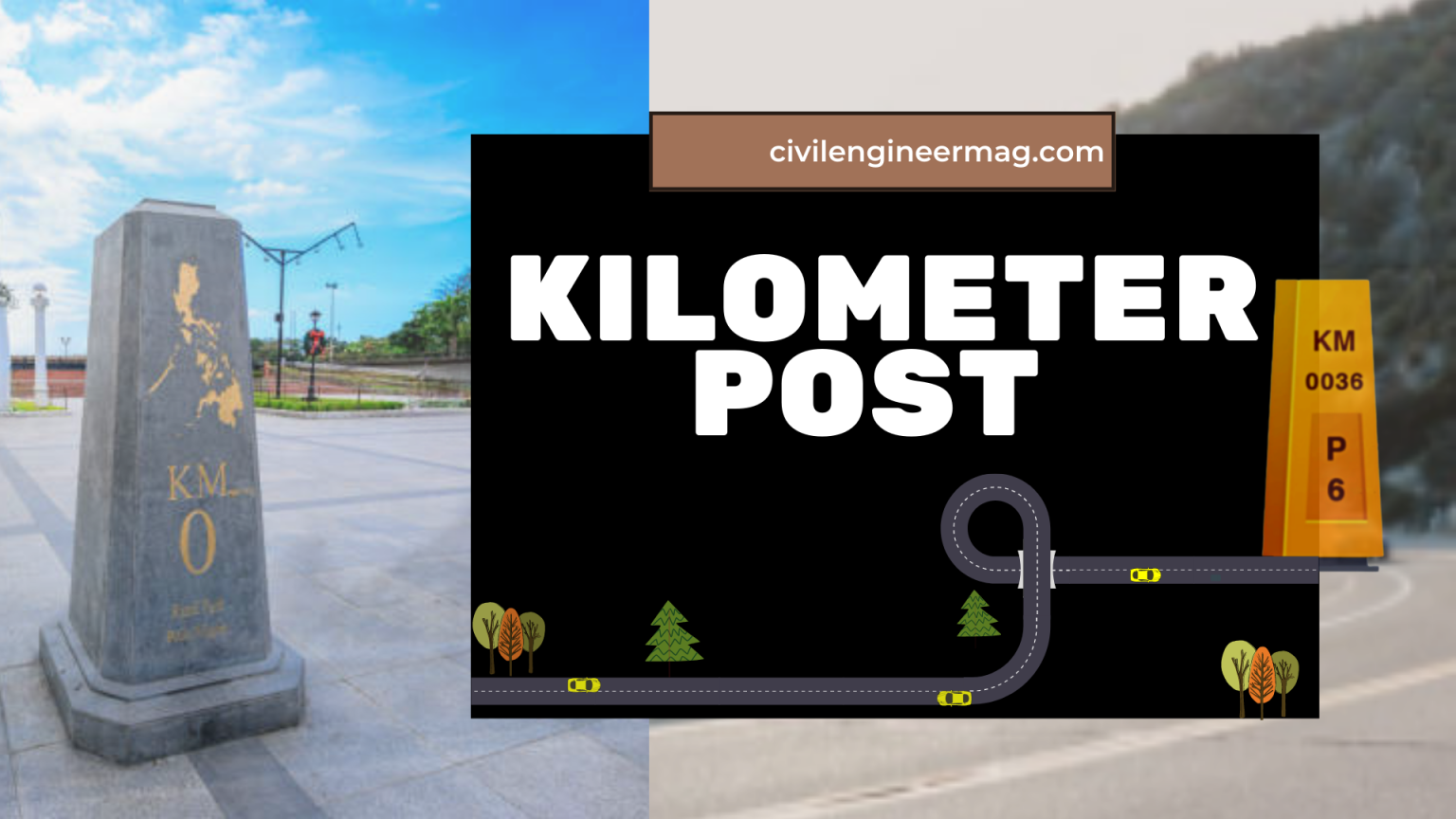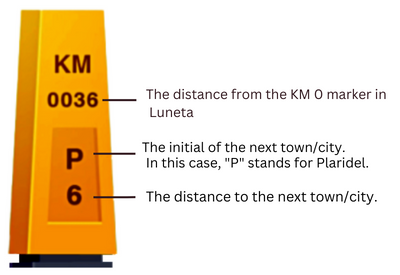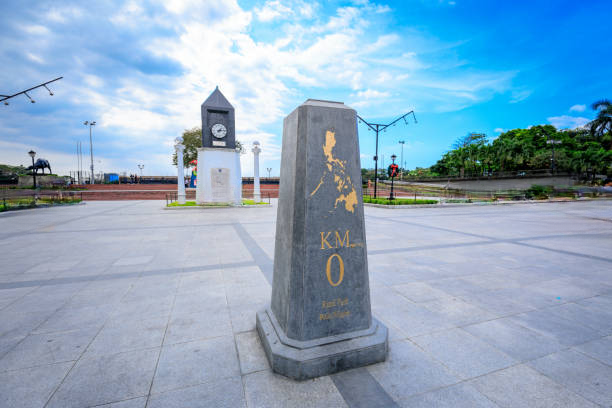
For those who are unfamiliar, kilometer post are the upright cement poles that are typically yellow and are located along the side of the road. They are common in the provinces, particularly on national highways such as the Pan-Philippine Highway, which stretches across the Philippines.
Most of us were unaware of the actual purpose of kilometer markers. In fact, these markers can be used for navigation, especially if your GPS device’s batteries run out or you can’t get a good signal. Take a look at the infographic below to learn more about how kilometer markers are used.

Before we go any further, we’ll define some terms and understand their meanings. KM stands for “Kilometer,” which is the basic unit of measurement for distance, and the set of numbers below it represents the current distance (in KM) from “Kilometer zero.” If you come across KM 36, it means you’re 36 kilometers away from Kilometer Zero.
Following these initials are another set of 1-2 letter initials and another set of numbers. The letters represent the initials of the next town or city, and the number below them represents the distance between where you are and the next town.
Another thing to remember about kilometer markers is that they are placed for a reason. You may be wondering if you are nearing or far from kilometer zero. To help us better utilize these markers, keep in mind that if they are installed on the right side, you are driving away from KM 0, and if they are installed on the left, you are driving away from the opposite.
We’re wondering where in the Philippines this might be. Kilometer Zero, or KM 0, can be found in Manila’s Luneta Park, across from the Rizal Monument. Many people who are familiar with kilometer markers would already be aware of this information. Many people are unaware that there are multiple KM zeros throughout the country. The one in Luneta Park, at KM 0, is only one of them. Other Philippine islands, such as Cebu, Bataan, and Marawi in Mindanao, have their own KM 0.
KM 0 differs slightly from what we typically see, as can be seen in the image above. They made KM 0 a little more special because it represents the final point.

Kilometer Post
Kilometer posts are the concrete markings found on the sides of roads. These serve as mini landmarks and have distance information written on them. They are usually painted yellow and white to make them visible to the driver and passengers.
This is the “kilometer post,” also known as a “milestone” in other countries. It is commonly seen on national highways or the Pan-Philippine Highway, which runs across the Philippines.
Read also: Road Sign | Pavement Markings | Types of Pavement Markings| Roadway Marking
What is its Purpose?
It serves as a guide on our journey and is extremely useful if we lose the GPS signal on our devices. The numbers and letters engraved on it indicate the distance we have from our starting point to our destination.
Kilometer zero
Many nations designate a particular location (typically in the capital city) from which distances are traditionally measured as “kilometer zero (also known as a zero mile markers, a zero milepost, control points, or control stations). This is also utilized to measure distances between countries all over the world.







